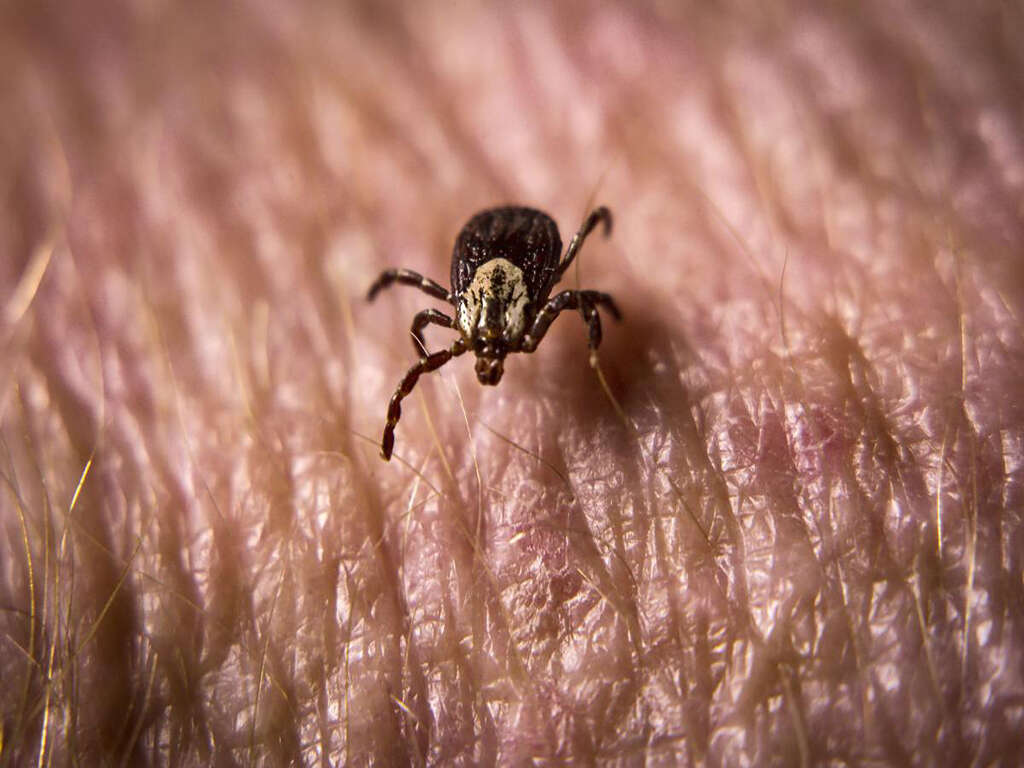What Is Lyme Disease?
It is not uncommon for us to be bitten by insects and other small animals when we are out, especially in the summer. The bites can be quite irritating but they will usually do us no harm. Some bites, however, can be quite harmful to us, and some can even pose a direct threat to our lives.
One such condition is Lyme disease, which is found in many parts of the world. Lyme disease is potentially very serious and can even be fatal, although most patients will make a full recovery. Its potential seriousness means it is a good idea to know more about the disease, however, and some of the signs to look out for.
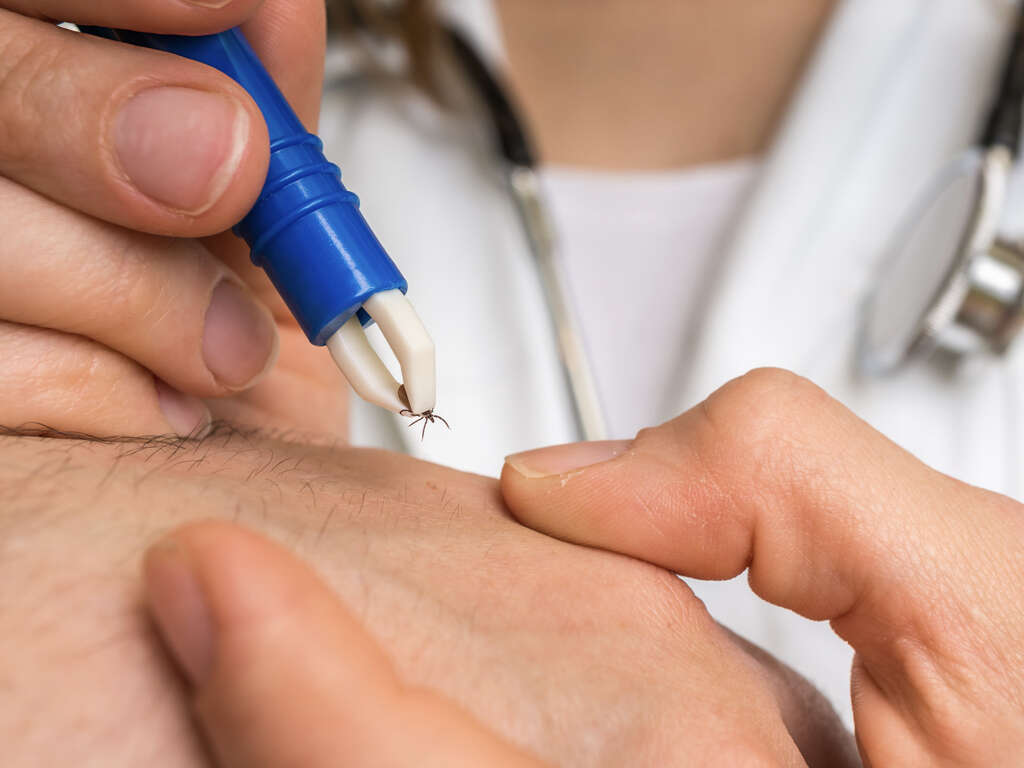
1. Ticks
Lyme disease is transmitted to people through the bites of some very small animals: ticks. These are parasites that feed of the blood of people, and other animals, by biting through the skin to access the blood vessels just below. Most cases are transmitted by a particular type of tick: the deer tick, which is also known as the black legged tick.
Not all tick species spread the disease and, of those that do, not all individual ticks will be infected with the bacteria that causes the disease. Regardless, it makes sense to take necessary precautions if you are in an area where you are at risk of receiving tick bits.
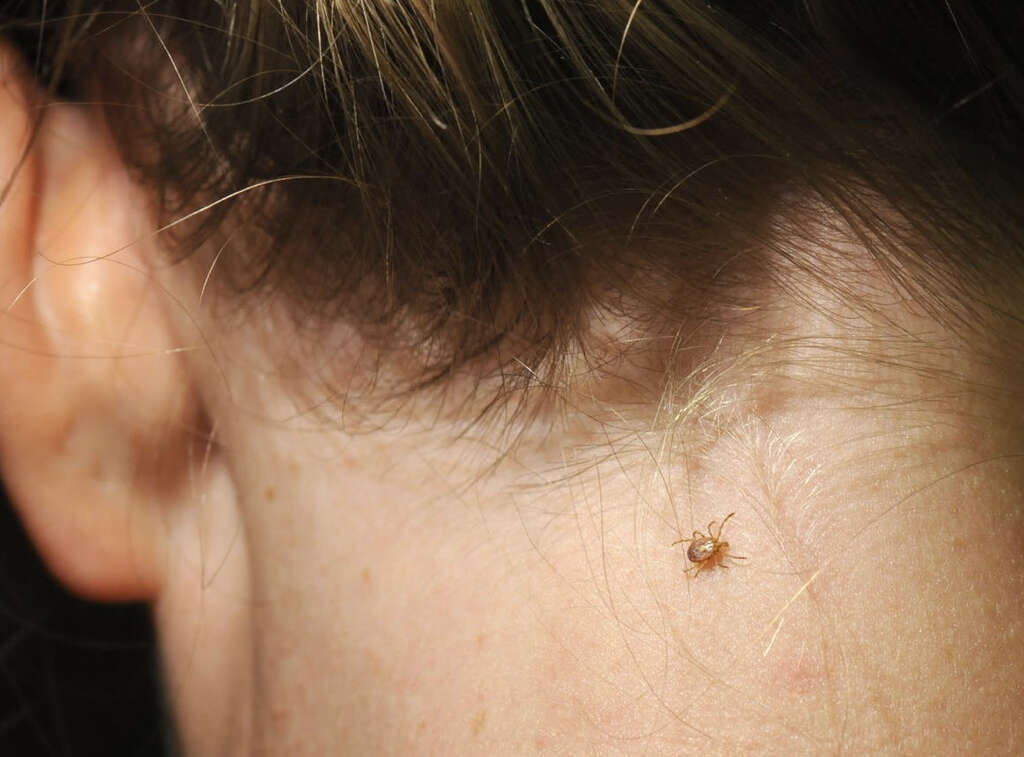
2. Borrelia
The bacteria responsible, and passed on from tick bites, is in the borrelia family. Four members of this family are responsible for the disease, and these are borrelia burgdorferi, borrelia afzelii, borrelia garinii, and borrelia mayonii. Which type is responsible will depend largely on where in the world you live.
If you contract Lyme disease in Asia or Europe, it is likely that borrelia afzelii or borrelia garinii are responsible. If you contract it in the United States, however, then borrelia burgdorferi or borrelia mayonii are probably to blame. These bacteria are also spread by certain species of lice in some cases.
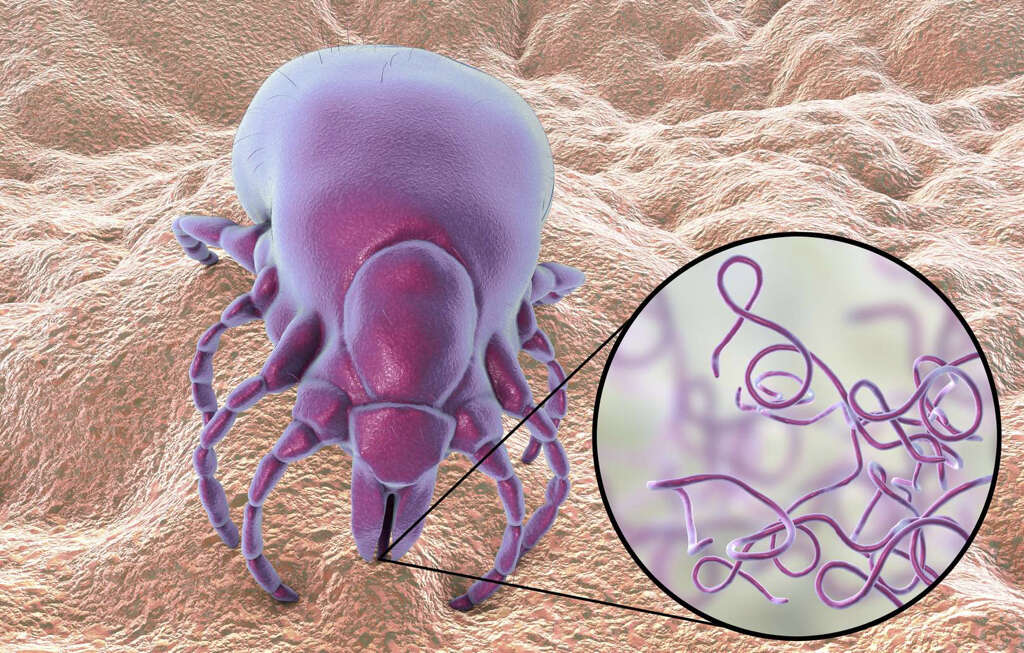
3. Red Bump
At first, the tick bite will be similar to a mosquito bite and they are often mistaken for just that. At other times, the tick will be found still attached to the host, in which case it is much clearer exactly what the cause of the bite is. If you do find the tick still in place, it will need to be removed using the correct procedure.
Take some fine tweezers and use them to grasp at the tick’s head, as close to the skin as you can. Then, gently pull the tick up and away from the skin, making sure not to squeeze it too tightly. Be sure to clean the skin with antiseptic at the site of the bite to prevent an infection occurring. In the vast majority of case, a tick bite will not mean you have contracted Lyme disease.
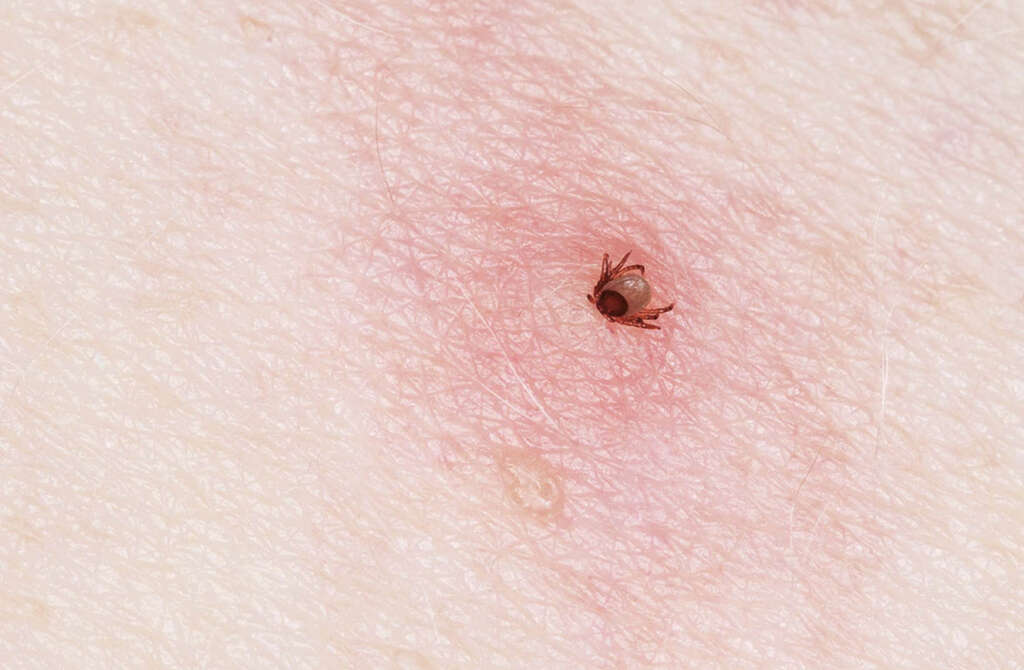
4. Erythema Migrans
The term erythema migrans translates from Latin into English as ‘migrating redness’. It is a term that explains the condition well, and the condition tends to arise anywhere from 3 to 30 days after the initial bite. The onset of the condition is marked when the red area around the bite begins to expand.
As the circumference of the red area beings to grow, a clear area will often form in the middle, forming a distinctive bullseye shape. In some cases, a red circle will remain in the center surrounded by a ring of clear skin, and then a ring of red skin. It is not usually itchy or painful but it can grow to be 30cm across in some cases.
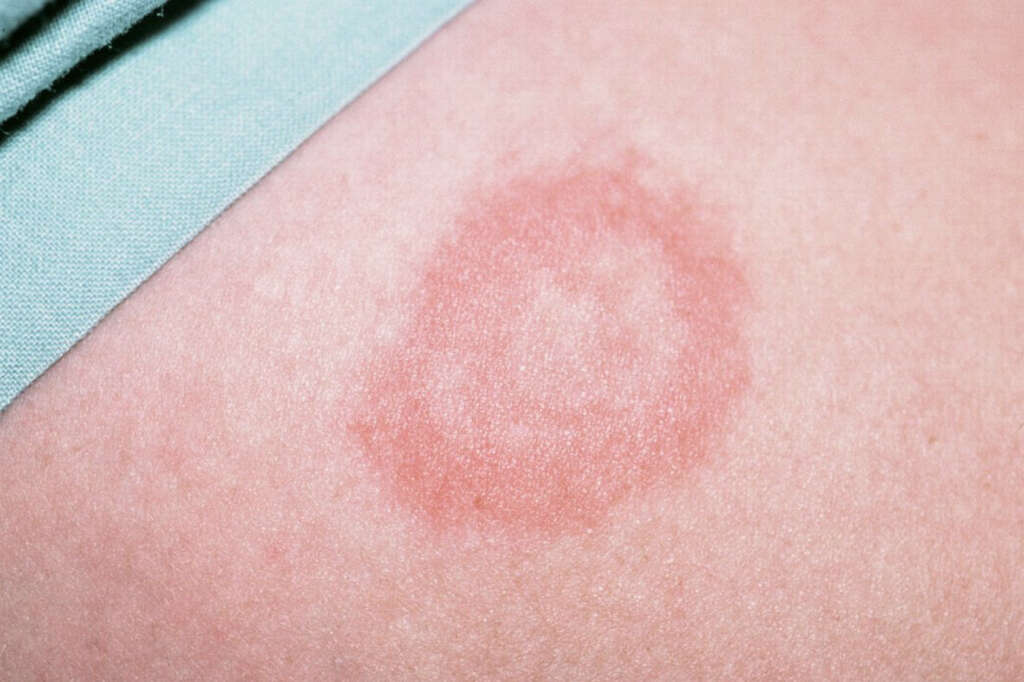
5. Fever
As the rash appears, so the patient will also begin to take on other symptoms. Among the most common of these symptoms is a fever which, as is usual, will often be accompanied by chills. This happens when the body begins to respond to the infection and tries to make the body an inhospitable place.
The response by the immune system to the infection can also result in some other symptoms, such as aching muscles and swollen lymph nodes. The patient will also sometimes have a stiff neck and a headache. If you have not taken the patient to see a doctor by now then you should do so.
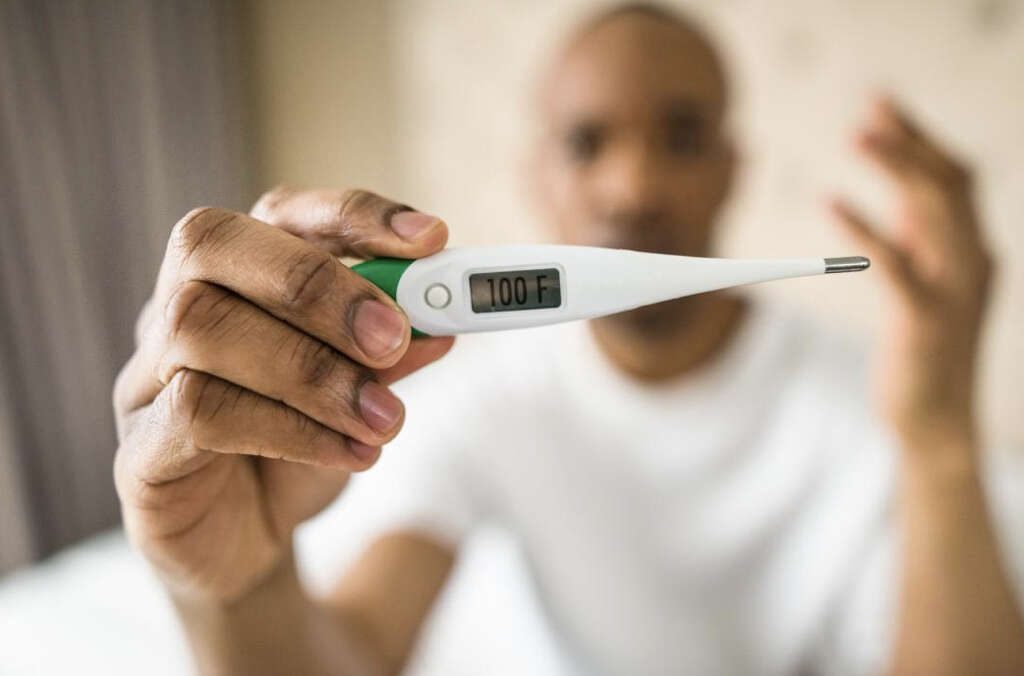
6. Joint Pain
Another symptom that is quite typical of Lyme disease is joint pain. The joints can also feel stiff for the patient and they can also be swollen. Around 60% of people with Lyme disease will experience this condition, and it will also be intermittent in some patients.
The pain is caused by a form of arthritis, which means that the tissues in the joints have become swollen. The swelling is caused by the presence of the bacteria which can make its way to the joints where it can cause inflammation. If not treated in time, the bacteria can cause permanent damage to the cartilage in the joints.

7. Neuropathy
If the patient is not suitably treated in time then they can begin to develop neurological problems. These can include meningitis, which is the inflammation of the protective tissues (meninges) that protects the central nervous system.
Other potential conditions include weakness and numbness in limbs and extremities, and an impaired ability to move your muscles. Another symptom is Bell’s palsy, which is the paralysis of one side of the face. Neuropathy is a condition that can become dangerous if left untreated, and it can also begin months or even years after the infection.

8. Other Symptoms
In addition to the main symptoms, there are some others that people with Lyme disease can show. Although less common, some can be rather a lot more serious. In some cases, patient’s with Lyme disease will suffer from keratitis, which is the inflammation of the cornea. It will lead to blindness in some cases.
Some patients will experience severe fatigue to the point where they find it difficult to function. Others will experience problems with their heart, such as an irregular heartbeat. Hepatitis (inflamed liver) will also occur in some instances. Any of these symptoms should encourage the patient to seek professional help, regardless of the suspected cause.

9. Treatment
In days gone by, Lyme disease was a very serious condition that would take many lives. It is still to be treated as a serious condition now, but it can be treated relatively easily if caught soon enough. Treatment generally involves antibiotics, and the infection should hopefully clear up within 30 days or so.
As mentioned, it is important that the infection is treated as soon as possible. If left too late, then doctors may also need to treat potentially severe symptoms caused by the infection. Lyme disease can cause permanent, irreversible damage, and it can also lead to fatalities if appropriate treatment is not found in time.

10. Prevention
The ticks that cause Lyme disease tend to be very small and we will often not even notice they are there. Some people can even be bitten and not be aware until they notice the first symptoms. Ticks tend to be found in long grass and wooded areas.
Thus, if you find yourself in such an environment, it is best to cover up the best you can with loose clothing. This is especially the case in areas where the ticks are known to be. If you are bitten then it is not necessary to take any action because Lyme disease is quite rare. It is still a good idea to look out for symptoms of the disease, however.







